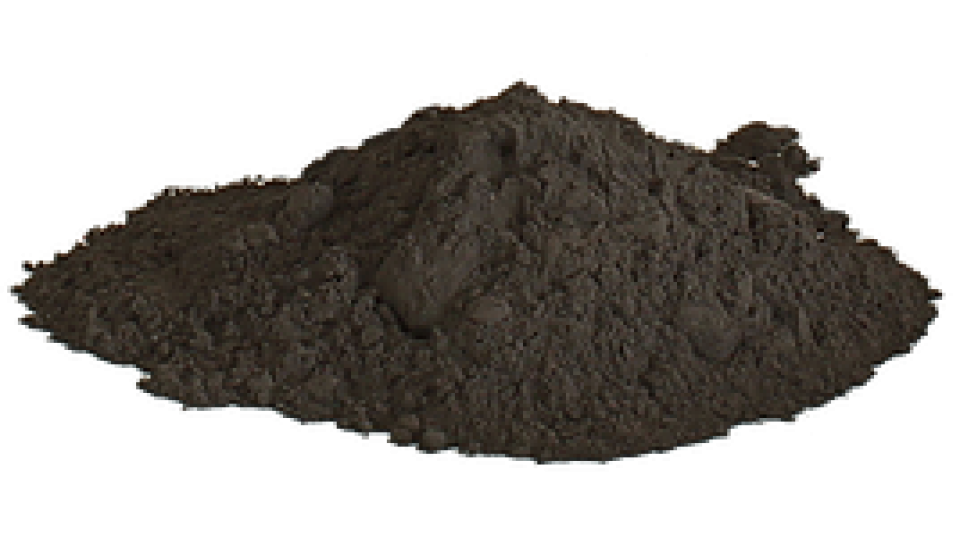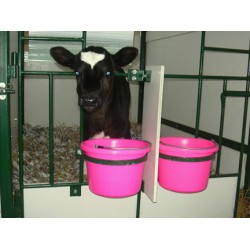Mycotoxins are metabolites produced by moulds which are poisonous and can affect cattle when they eat contaminated feed.
Mycotoxins are produced by a large variety of different moulds and they can be formed on crops while they are still in the field, during storage, processing or feeding.
Mould spores are particularly high in soil and plant debris so good harvesting and storage practice can help to minimise the risk of mould growth.
As well as mycotoxins in the feed, they can also be present on the feed passage in the grime which can accumulate on feed passage surfaces over time. This can reduce to reduced dry matter intakes, milk yields and overall health. One way that this risk can be greatly reduced is through use of a feed passage coating.
Sufficient levels of mycotoxins in feeds can cause mycotoxicosis which can be potentially fatal. However what is likely to be a more costly problem in dairy farms are the subclinical effects, caused by intake of relatively low but still significant levels of mycotoxins.
These effects can include decreased production and fertility, and increased incidence of disease.
Recognition of the impact of mycotoxins is difficult due to the non-specific symptoms and progressive, rather than sudden effect. This makes accurate diagnosis almost impossible at farm level added to the problem of multiple mycotoxins that may be present and also the non-uniform distribution throughout the feed making sampling for lab analysis very hit and miss.
Because of this difficulty in accurate diagnosis, often the most cost effective way is through association and elimination.
Possible signs of mycotoxins include variable manure consistency, variable intakes, swollen hocks, high cell counts and mastitis, rough coats and reduced yields. Because mycotoxin distribution is likely to be non-uniform, the problem is likely to affect different cows, depending which eat contaminated feed rather than the whole herd at once. If the whole herd has loose manure, suspect acidosis rather than mycotoxins, however if around one in five cows are loose mycotoxins could be the cause.
If these symptoms are present and mycotoxins are suspected then adding a mycotoxin binder to the diet can be the quickest, easiest and most cost effective way to confirm or eliminate mycotoxins as the cause.
If the symptoms cease or decrease significantly, then it is likely that mycotoxins were at least partially causing the problem. If the problem remains unchanged after 2-3 weeks, it is likely that mycotoxins are not the cause and other possibilities can be explored.
Mycotoxins are produced by a wide range of moulds, which results in a large variety of mycotoxins being a danger on farm.
First generation mycotoxin control products use a single active ingredient. MicroSafe Max has a dual action giving broad spectrum control of mycotoxins which increases the ability to protect stock from the performance damaging effects of mycotoxins.
As well as Microsafe Max mycotoxin binder, we also sell a mycotoxin binder with added yeast for improved rumen function and to provide a cost effective alternative to feeding both products.





